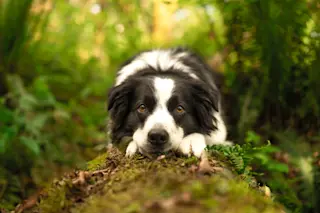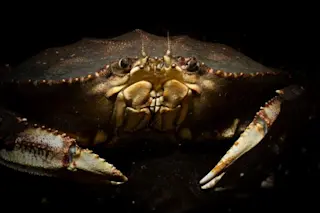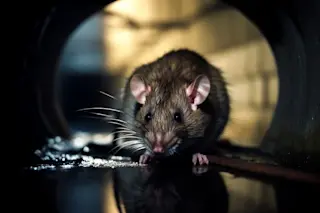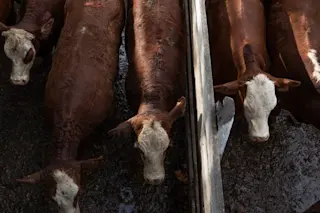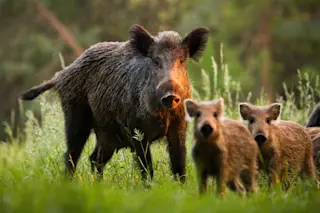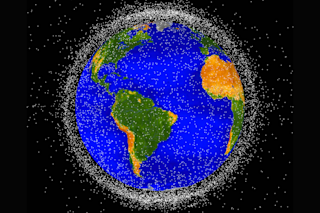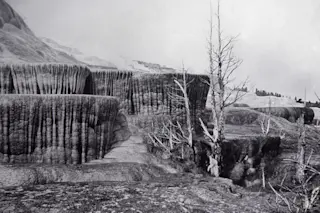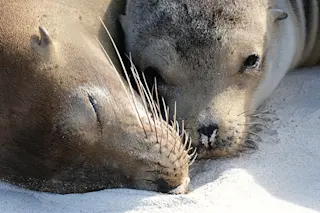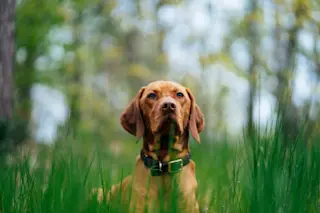In a dense Salvadoran rainforest, a conservation detection dog named Niffler was engrossed in a peculiar training exercise. Like a determined scavenger hunt participant, his mission was clear: locate carnivore scat samples that his handler, Kayla Fratt, co-founder of K9 Conservationists, had hidden along a trail.
Niffler searched tirelessly for his target, signaling his find by laying in front of the sample, paws and nose framing it on three sides. This critical exercise was not just a game – it was Niffler's final test to prove he was ready to join Fratt and her team in their upcoming large-scale research effort.
In the fight to save Earth’s flora and fauna, some researchers have found an unexpected, but effective ally: dogs. Equipped with keen noses and unparalleled tracking skills, these four-legged research assistants are revolutionizing data collection.
(Credit: Kayla Fratt, K9 Conservationists)
Kayla Fratt, K9 Conservationists
Detection dogs made their conservation ...


